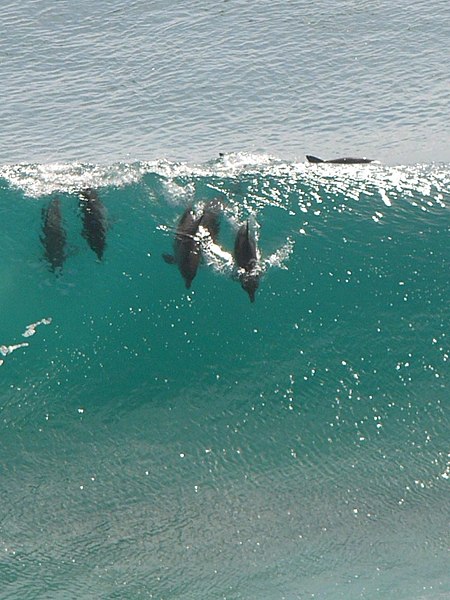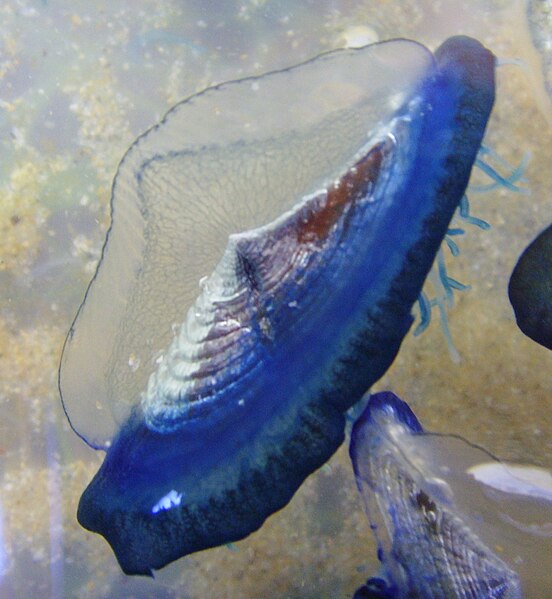Arboreal locomotion is the locomotion of animals in trees. In habitats in which trees are present, animals have evolved to move in them. Some animals may scale trees only occasionally, but others are exclusively arboreal. The habitats pose numerous mechanical challenges to animals moving through them and lead to a variety of anatomical, behavioral and ecological consequences as well as variations throughout different species. Furthermore, many of these same principles may be applied to climbing without trees, such as on rock piles or mountains.
Leopards are great climbers and can carry their kills up trees to keep them out of reach from scavengers and other predators
Gibbons are very good brachiators because their elongated arms enable them to easily swing and grasp on to branches
The silky anteater uses its prehensile tail as a third arm for stabilization and balance, while its claws help better grasp and climb onto branches
The gecko's toes adhere to surfaces via dry adhesion, to allow them to stay firmly attached to a branch or even a flat wall
In ethology, animal locomotion is any of a variety of methods that animals use to move from one place to another. Some modes of locomotion are (initially) self-propelled, e.g., running, swimming, jumping, flying, hopping, soaring and gliding. There are also many animal species that depend on their environment for transportation, a type of mobility called passive locomotion, e.g., sailing, kiting (spiders), rolling or riding other animals (phoresis).
Dolphins surfing
Velella moves by sailing.
A pair of brimstone butterflies in flight. The female, above, is in fast forward flight with a small angle of attack; the male, below, is twisting his wings sharply upward to gain lift and fly up towards the female.
Flying fish taking off








